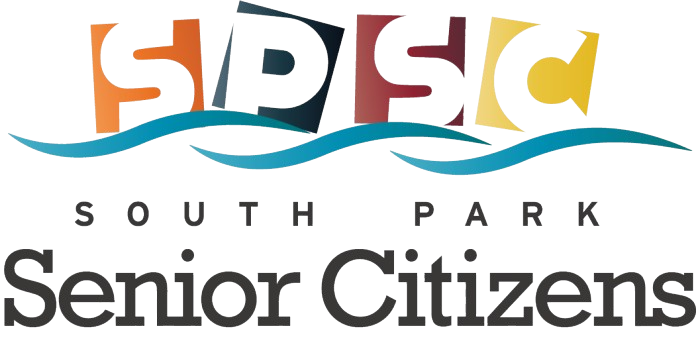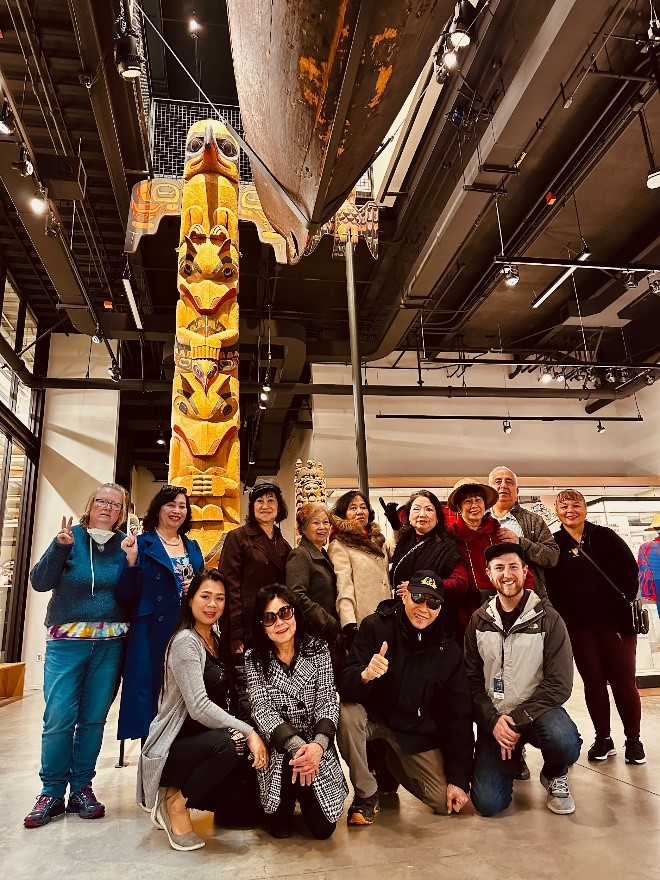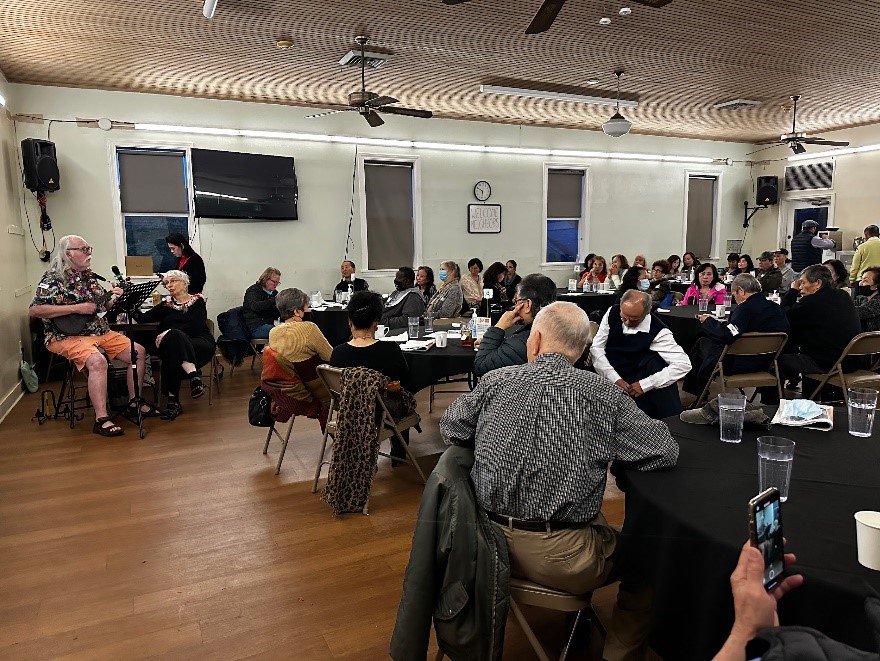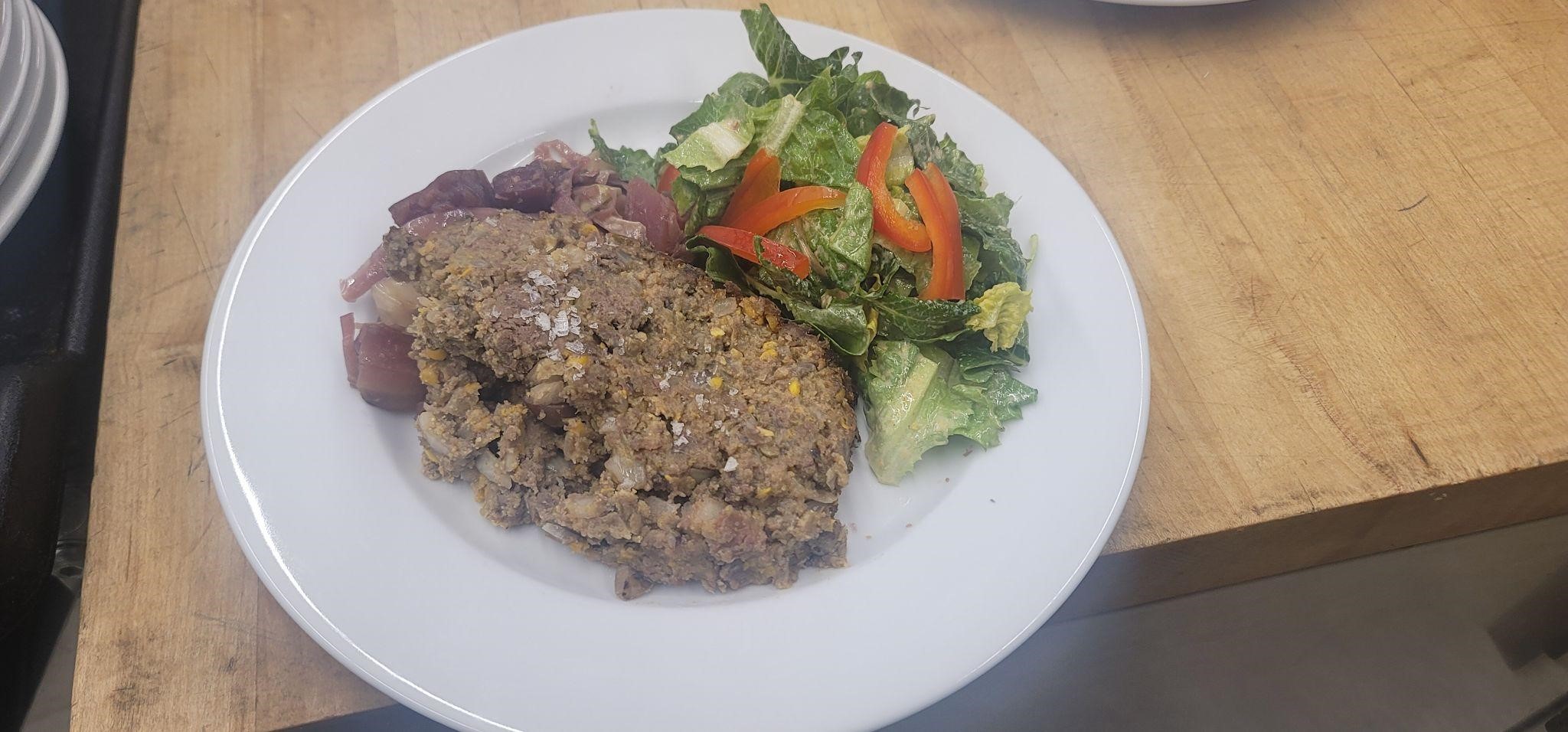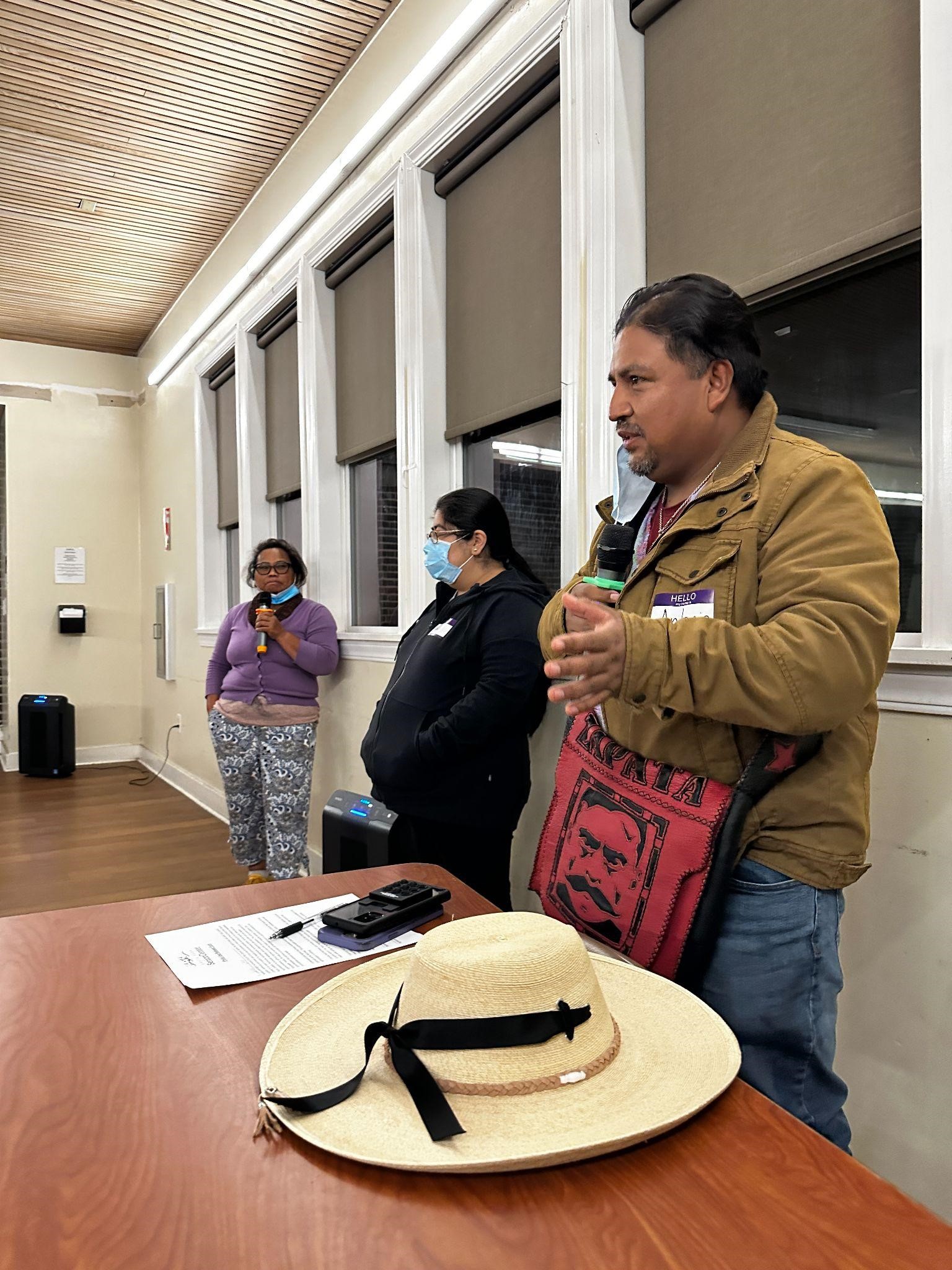by Charles Bontemps
Reflecting on 2022, I will say that the entire year was extremely fulfilling. I loved seeing our Seniors engage in the Culture Focus programming SPSC provided – it was wonderful to see their excitement as they learned about the different countries and cultures of the world.
South Park Senior Center is now formally recognizing and celebrating Indigenous Peoples Day each year; as we look to recognize those who were here on these lands before us, it is important to note that there are so many different tribes, and communities of indigenous peoples in what we call the USA, as well as all over the world. There are 574 recognized tribes in the boundaries of the US still, and hundreds, if not thousands, in other countries and continents. The land of the South Park neighborhood is the home of four tribes; Duwamish, Suquamish, Muckleshoot, and Stillaguamish. We must not forget that these lands were taken from these Indigenous people, and that we are essentially uninvited guests in their homelands.
For the opportunity to learn more about Indigenous Peoples, SPSC took a group of 11 Seniors to the Burke Museum at the University of Washington. The entire first floor is dedicated to art and history of Native peoples from our area and around the country. We learned new history, saw beautiful art, and had wonderful food at Off the Rez Cafe located within the Burke Museum.
Seniors enjoy a visit to the Burke Museum
Our first Culture Focus evening at SPSC took us to Hawaii—we had Kalua Pork and live Hawaiian music courtesy of our IT Specialist, Robert (graduate of Kailua High School). When you think of Hawaii the word ‘Aloha’ probably comes to mind, and while it is a word for greeting, it has much deeper meaning depending on context. Aloha can mean hello, goodbye, I love you, respect, and much more.
Robert entertaining the dinner crowd with some Hawaiian music
Our next group of focus was the Cherokee Tribe, whose land is now known as southwestern North Carolina, southeastern Tennessee, the edges of western South Carolina, northern Georgia, and northeastern Alabama. The Cherokee Nation has more than 300,000 tribal members, making it the largest of the 574 federally recognized tribes in the United States. In addition, a total of more than 819,000 people are estimated to have identified as having Cherokee ancestry on the U.S. census, although most are not enrolled members of any tribe.
Our dinner included a traditional Cherokee meal, Poyha, which is sometimes called “Native American meatloaf.” Traditionally made with venison, which we were able to get for this meal, it also includes cornmeal along with fruit or berries. Squash, kale, and apples were also served as they are staples of the Cherokee people. In keeping with our language learning practice, we learned how to say hello in Cherokee, which is “Osiyo”. Osiyo means more than just hello to Cherokees though, it’s a deeper spirit of welcoming and hospitality that has been a hallmark of the Cherokee people for centuries. (Very similar to the Hawaiian greeting, Aloha!)
Poyha, a traditional Cherokee meal
Next, we learned about Latin American Indigenous cultures. We enjoyed a green Pozole, and had guest presenters who talked about their indigenous culture and native language, Mixteco Alto.
Learning about Latin American cultures
Finally, our last Culture Focus day included learning about the Lakota Tribe. For dinner we had Fry Bread, which is very common nowadays. However, we learned that there are a lot of negative connotations with this food in the context of Native American history. Although with Fry Bread being ubiquitous, and with nearly every tribe having a style, and every family having a special recipe, a lot of Native chefs will not even make fry bread because of its origins. Here is a brief testimonial as to why:
By 1890, the Lakota People, once powerful and free, were entirely dependent on the U.S. government. The U.S. had forcibly removed our people from our homeland, confined them to reservations and cut their rations by half.
That ‘ol Indian Fry Bread made of lard & flour ~
“Do you know where the ‘idea’ of frybread comes from, young one?”, asked the Elder…
Everyone sat back and looked so eager to hear the story this beautiful Elder was about to tell, all smiles…
“Buggy flour and rancid lard,” he said softly with his head down… “Flour, you know, with bugs in it, and lard that had gone bad… that was all we got from the Indian Agent.”
“That was all we had to cook with, it was all we had to eat… Buggy flour and rancid lard… And so, we ‘cooked’ with both… That is how this European mystical and wonderful idea of ‘frybread’ came about… I just thought I would tell you.”
Courtesy of Claudette Johnson Pine Ridge Agency South Dakota, 1891 Denver Public Library Digital Collection.
This aspect of history was shared with our Seniors; a food that seems so common to us now, is rooted in genocide. A dear friend of mine, who is Native American, shared that if we are to serve Fry Bread, we need to make it very clear to everyone that this food was intended to kill off the Native American people, by either starving them to death since all they had to eat was bad Fry Bread, or get so sick from eating it that it could kill them as well. Occasionally he will make it for his friends, and shares the history and says, “here is your food with a side of guilt.”
In fact, while SPSC was at the Burke Museum, the cafe Off the Rez serves Fry Bread, so I was able to have some conversation with a couple of the Seniors, sharing how important it is that we know the history of this food that has become Americanized and celebrated as something wonderful to try to experience Native American ‘culture.’
